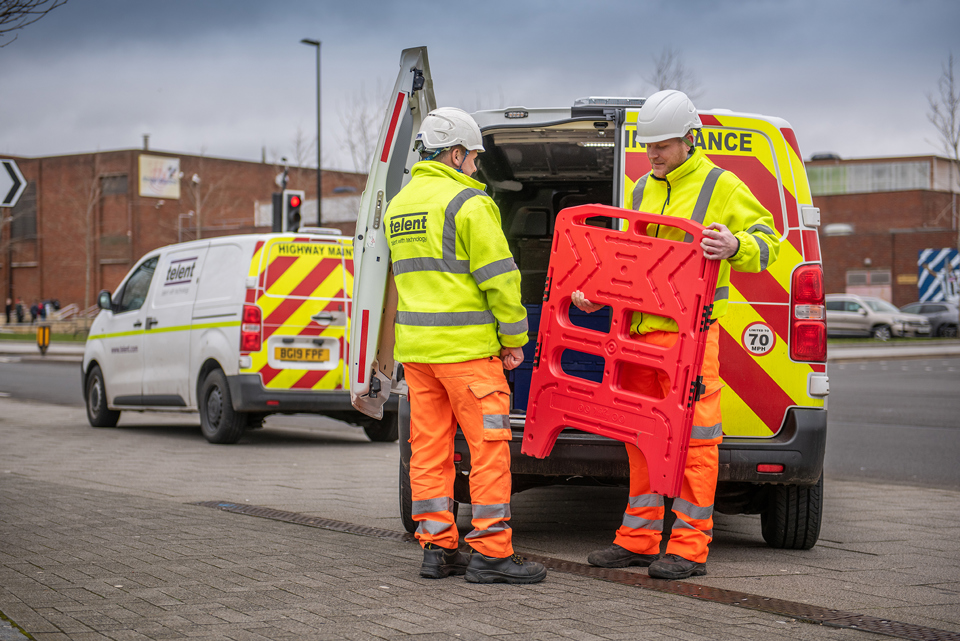Telent is using data from its Webfleet telematics system as part of a new strategy to support the mental health and wellbeing of its 1,000-strong mobile workforce.
The Warwick-based company is using data insights from Webfleet to support fatigue management, improve driver wellbeing and enhance driver security, as well as training line managers on recognising and addressing staff mental health issues and providing employees with dedicated self-care resources.
Anmarie Landi, QEHS Director at Telent, said: “At Telent, we know the health and wellbeing of our employees is central to the success of our business and we are firmly committed to addressing the challenges our workers face.
“Armed with valuable telematics insights from Webfleet, we can better identify and prevent incidents of fatigue, improve driver behaviour and safety and protect our lone workers.”
Telent’s engineers are often required to work long shifts when dealing with emergency situations, so Webfleet alerts have been set up to manage driver hours and help prevent fatigue.
The system issues automatic alerts when it identifies an employee is approaching the 12-hour door-to-door working time limit. A dynamic risk assessment process follows, with next steps including a hotel booking or replacement engineer.
Managers can use the Webfleet dashboard to check in remotely with engineers who have not made contact or have deviated from their work schedules. In an emergency, they can also use Webfleet to create a geofence around an incident to identify and communicate with any employees at risk, and dispatch support workers if necessary.
“These measures play an integral role in safeguarding our workforce and ensuring their health and wellbeing needs are not only being met but exceeded.” added Landi.
Telent also uses Webfleet’s OptiDrive 360 functionality to target unsafe driving behaviour. Line managers receive weekly reports and engineers who score below the safety threshold for three consecutive months are offered guidance to improve driving style.
Since implementation, collisions per million miles have reduced by an average 25% year-on-year and in a three-year period, the company has seen a 20% reduction in fault-related vehicle incidents.
The company is also using the system to achieve its sustainability goals, by identifying early opportunities for cost-effective electrification of fleet vehicles.






















Login to comment
Comments
No comments have been made yet.